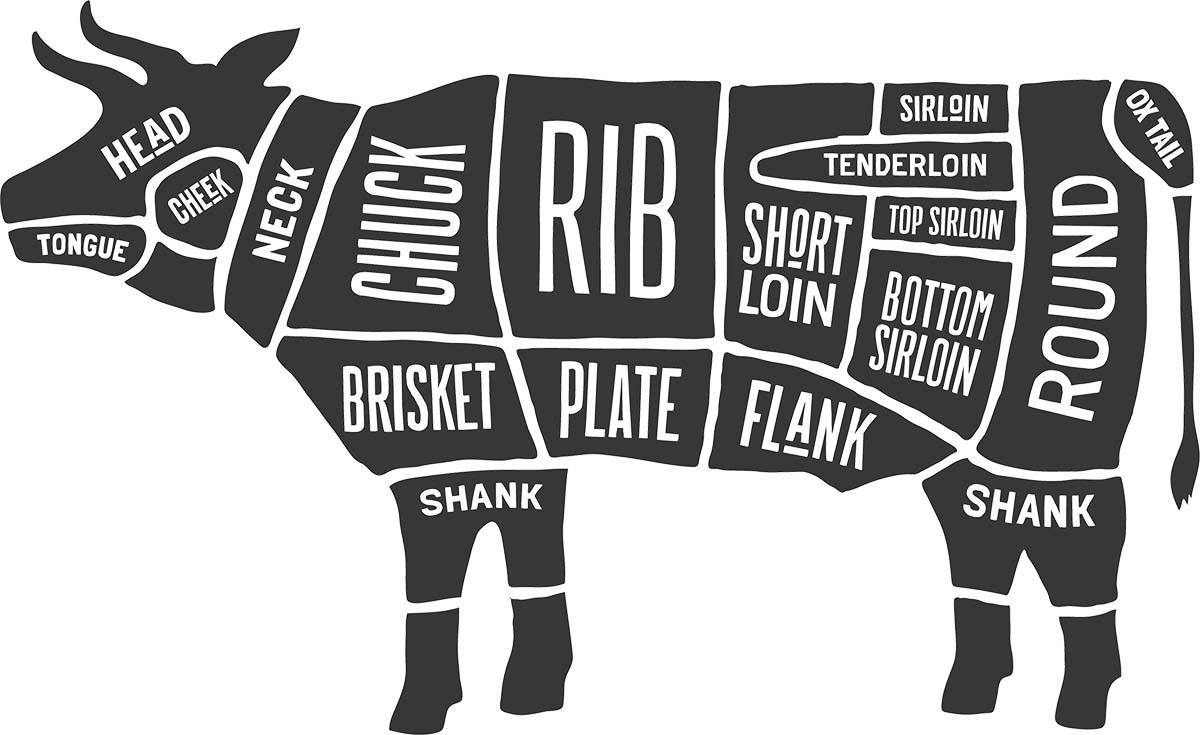World Environment Day- Soil Health and Carbon Sequestration
posted on
June 6, 2023
Soil Health and Carbon Sequestration
We are passionate about proving how cows are SAVING the planet. Over the years, we have fine-tuned our grazing and manure management program to improve our soil via the collection of carbon from the atmosphere. Dr. Lloyd Murdock, from the University of Kentucky, has studied our ground to show that we have tripled our topsoil levels in just seven years (3 to 9 in). We also estimate that for every 1 lb. of meat we produce, we capture 5 lbs. of carbon from the air!

Developing Healthy Soil Ecosystems by Increasing Topsoil and Subsoil
For many years, conventional agriculture practices failed to prioritize the conservation of topsoil. Many fields, including the fields on our farm, fell victim to years of erosion. This left behind very shallow topsoil (~3.75 inches). Fields that were unsuitable for row crops (steep hills) were planted in crops to try to squeeze out crop profits in fields that should have been used for livestock. Over the past 10 years, we have transitioned to very purposeful management of fields. Over this time period, we have increased our topsoil to 10" and our subsoil from 15" to 22" which was previously thought to be incredibly difficult to achieve. We take a very hard look at what is the best plant to be growing on each field at each time of year.
Plants grow at different rates at different times of year. For example, sorghum Sudan grass grows at up to 5" per day during the summer but dies quickly when it gets cold. Forages such as ryegrass can grow on any day above 45 degrees, so we try to utilize it in pastures in late fall through spring because it doesn't die when cold/snow hits. Through this purposeful management of fields, we are not only able to get better utilization (and yields) of our fields, but also promote healthy soil ecosystems because we always have active root growth in all our fields and the ground is always covered. If the ground is left uncovered, captured carbon is able to leach back up into the atmosphere. We want to keep it in the ground as organic matter!

Increasing Soil Biodiversity
Soil biodiversity is incredibly important to healthy plants and a holistic ecosystem. We are still learning the comprehensive impact, but it is well documented that healthy microscopic fungi and bacteria ratios in the soil help with plant growth. We have recently started using Johnson Su biologicals which we created through a special composting technique that creates a high fungus to bacteria ratio. We then spread these biologicals in our fields to promote better plant growth and increase the fungi/bacteria levels in the soil.

By minimizing our use of fungicides, herbicides, and fertilizers, we also give worms, insects, bees, etc. a healthy ecosystem to live. We always joke that it's easy to go fishing because with just a few scoops of a shovel in any of our fields you'll find lots of worms! The organisms such as fungi, bacteria, and worms all play a role in making nutrients more readily available for the next organism to use. That includes nitrogen and other nutrient fixation but also carbon/organic matter as well.
Read more about our on-farm regenerative practices here




